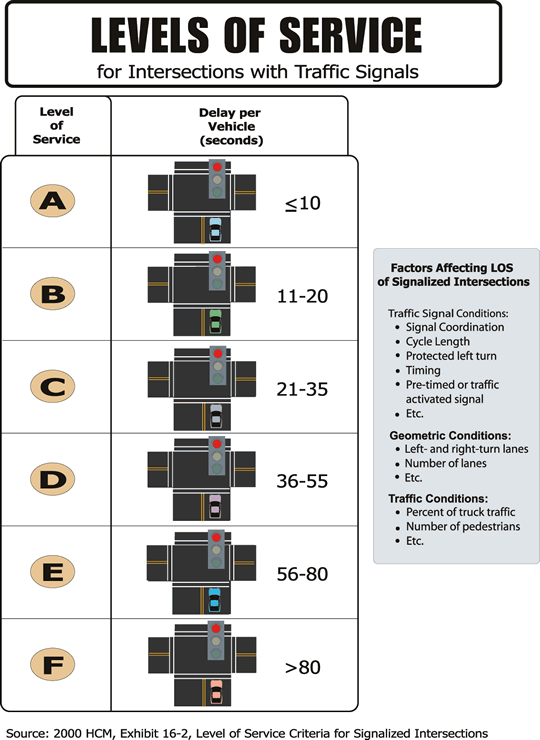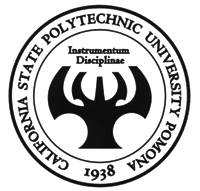Site Visit
One major part of our team's design process was to physically visit the project site. We did this to ensure we have an understanding of the area and find any details we otherwise would have missed and to verify to the topographical map that we were given.
The first thing we noticed during our site visit was the inadequate vertical clearance of the bridge at Keller Road. Currently, the bridge clearance is 14'-11" and the minimum clearance is 15'. The second thing we noticed was the lack of paved sidewalks and lane capacity, the purpose of our project is to allow pedestrians and bicyclists to travel across the interchange and that does not exist currently.
Currently, Keller is a one-lane road then becomes a dirt road as you travel west. There are interchanges north and south of Keller Road: Scott Road is 1 mile north and is currently being upgraded from a diamond interchange to a partial cloverleaf interchange and Clinton Keith Road is 2 miles south and is a cloverleaf interchange.
Kaiser Permanente is currently constructing a medical facility adjacent to the proposed I-215 and Keller Road Interchange, this medical center will increase traffic into the area deeming the current infrastructure inadequate to support the future growth of the area.
Viable Alternative Selection Process
Since we determined that a new interchange is needed for the area, a five-step alternative selection process was developed. These steps include:
-
Alternative Scoping
-
Traffic Analysis
-
Geometric Feasibility
-
Impact Analysis
-
Detailed Design
The steps give a logical order to the design process and ensure that priorities are correctly addressed. For example, traffic analysis needs to occur before geometric feasibility because it determines if an alternative can even handle the traffic. There would be no point in drawing out a design for something that wouldn't work. Any alternative that did not meet the necessary criteria for a step was considered not viable.
Alternative scoping involved deciding on a number of alternatives that would be considered for our area. Basically, every possible type of interchange for a local road/freeway connection was considered with one exception. A full cloverleaf interchange was not considered since it produces weaving problems given high traffic volumes or limited space, both of which we have.
Process Overview

Traffic analysis involved modeling each of the possible alternatives to see whether they could handle future traffic volumes with an acceptable level of service. Level of service is a qualitative measure of traffic delay (see picture to the right). Caltrans defines an acceptable level of service as D or better. For alternatives that could accommodate future traffic volumes, this step determined what would be the most efficient lane configuration that would be used in design.
Geometric feasibility involved making a preliminary design for each remaining alternative to see if they could fit in the existing right of way or surrounding undeveloped land. The designs had to fit while providing the roadway capacity determined from the traffic analysis.
Impact analysis involved looking at specific negative impacts each remaining alternative could have on the surrounding area. Some examples could include needing to build on developed land, affecting a sidewalk, or changing a driveway.
Detailed design involved taking the remaining alternatives that are considered viable and performing a more detailed traffic analysis, geometric design, and environmental study.
The alternatives identified in alternative scoping can be seen below on this page. They are divided into what ended up being viable and rejected alternatives for convenience. The results for remaining steps in the selection process can be seen on each of the specific alternative subtabs within the Alternatives tab.
No-Build Alternative
No-Build is an alternative design choice that keeps the existing interchange layout creating a very minimal cost and contruction timeline. This alternative adresses increasing the safety of the interchange by accessing the bridge's strength, providing increased pedestrian and bike safety, and creating an optimized signal timing for the corridor.
Viable Alternatives
Roundabout Interchange
Roundabouts are a type of interchange that eliminates signals by routing traffic through circles. The circles allow for continuous flow through the intersection while also allowing for free right turns and eliminating the potential for T-Bone accidents. This intersection is designed with a speed of 25 mph.
Single Point Urban Interchange (SPUI)
The Single Point Urban Interchange is a non-conventional design that features two on-ramps and two off-ramps for both directions of flow along the freeway. This design concentrates all left turns to a single point at the center of the interchange with all right turns becoming free-rights. An advantage of this is that if left-turns are low having them all concentrated at a single point can dramatically reduce the total delays that might exist if they were located at two separate intersections. A disadvantage is that if the left-turns are high it can have a dramatically negative impact on the flow of traffic through the interchange. Additionally, the long turning movements can delay both pedestrian and bicycle movements.
Spread Diamond Interchange
The spread diamond interchange is similar to a standard diamond interchange. The main difference is that instead of the ramps being straight lines they are curved outward. The benefit of this is that there is more room for future expansion of the freeway as well as the future inclusions of curves turning the diamond into a partial or full cloverleaf.


Rejected Alternatives
Partial Cloverleaf Interchange
The Partial Cloverleaf Interchange is a conventional design that features two on-ramps and one off-ramp for both directions of flow along the freeway. The advantage of this design is that it reduces the number of left-turns by allowing them to get on the freeway by making a right-turn. This reduces the impediments to the through flow of traffic. A disadvantage of this design is that having the loops to reduce left-turns in-turn increases the amount of right of way required. This is due to the outer ramps being pushed out to accommodate the inner loops. Additionally, the large number of turning motions can impede pedestrian and bicycle travel.
Continuous Flow Interchange
The Continuous Flow Interchange is a non-conventional design that features one on-ramp and one off-ramp for both directions of flow along the freeway. This differs from a diamond interchange by having the left turns displaced before the intersection. An advantage of this is that by displacing those turns the intersection functions with fewer phases. This reduces the number of delays to through traffic by essentially making both left and right turns free turns. A disadvantage of this design is that in order for the left-turns to be displaced two additional intersections are required for the displacing to take place. This means the delays the left-turns would have caused at the intersection are merely displaced to further downstream. Additionally, the tight, free-left turns are unusual and not something the typical driver would expect.
Diverging Diamond Interchange
The Diverging Diamond Interchange is a non-conventional design that features two on-ramps and two off-ramps for both directions of flow along the freeway. This design features a half a figure eight movement where the driver moves from the right side of the road onto the left side of the road to allow for free-left turns instead of having vehicles make the movement at an intersection. An advantage of this is that all turning movements become free right and left turns. No signalized turning motions at intersections means through movements are not hampered by people getting on and off the freeway. This design also provides a safe, protected area down the center of the interchange for pedestrians and bicyclists. A major disadvantage is that backups from the freeway can spill into the interchange impeding through movements of traffic. Additionally, the turbulence created by the weaving segment on the freeway can negatively impact the function of the interchange. This interchange is also highly unusual and will not be familiar to the typical driver.




